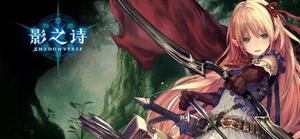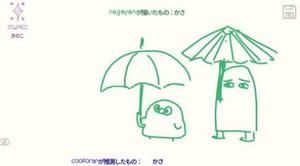React 16.3中从props更新canvas的正确生命周期方法是什么?
我有一个Canvas组件,它看起来像这样:
class Canvas extends React.Component{ saveRef = node => {
this._canvas = node;
}
shouldComponentUpdate(){
/*I will never re-render this component*/
return false;
}
componentWillReceiveProps( nextProps ){
/*Here I do manipulations with this._ctx, when new props come*/
}
render(){
return (
<canvas ref={this.saveRef} />
);
}
componentDidMount(){
this._ctx = this._canvas.getContext( "2d" );
}
}
<script src="https://cdnjs.cloudflare.com/ajax/libs/react/15.1.0/react.min.js"></script>
<script src="https://cdnjs.cloudflare.com/ajax/libs/react/15.1.0/react-dom.min.js"></script>
React社区开始弃用componentWillReceiveProps以替换它getDerivedStateFromProps。我可以componentDidUpdate用来执行我的绘图,但是随后我需要删除它,shouldComponentUpdate并且会有很多无用的渲染调用。有新的道具出现时,在React
16.3中更新我的组件的正确性能方法是什么?
回答:
使用componentDidUpdate的DOM操作是这样的。shouldComponentUpdate对于只有一个始终具有相同道具的单个孩子的组件,A
并不会真正起作用。因此,您应该能够删除它,而性能没有明显差异。
如果您已经分析了应用程序 并确定在这种特殊情况下 确实 有所作为,则可以将元素提升到构造函数中。
这样,React会完全跳过它(有效的工作方式与相同shouldComponentUpdate):
class Canvas extends React.Component { constructor(props) {
super(props);
this._ctx = null;
this._child = <canvas ref={node => {
this._ctx = node ? node.getContext('2d') : null
} />;
}
componentDidUpdate(prevProps){
// Manipulate this._ctx here
}
render() {
// A constant element tells React to never re-render
return this._child;
}
}
您还可以将其分为两个部分:
class Canvas extends React.Component { saveContext = ctx => {
this._ctx = ctx;
}
componentDidUpdate(prevProps){
// Manipulate this._ctx here
}
render() {
return <PureCanvas contextRef={this.saveContext} />;
}
}
class PureCanvas extends React.Component {
shouldComponentUpdate() {
return false;
}
render() {
return (
<canvas
ref={node => node ? this.props.contextRef(node.getContext('2d') : null)}
/>;
}
}
以上是 React 16.3中从props更新canvas的正确生命周期方法是什么? 的全部内容, 来源链接: utcz.com/qa/416065.html




